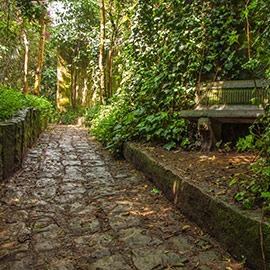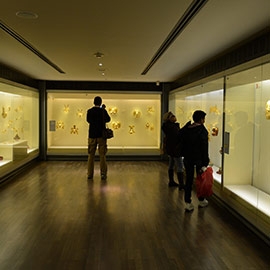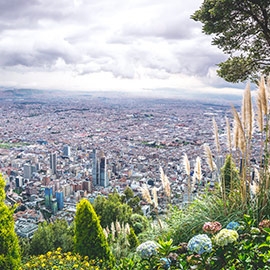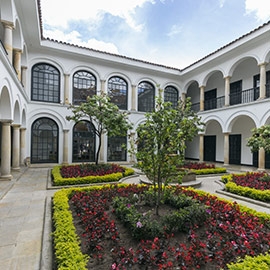Alcazaba Fortress
The history of the Alcazaba is the history of Malaga. Next to the Roman theater, this Andalusian fortress has guarded the city with its majesty for more than a thousand years. Extensively restored, this palace-fortress dates from the 11th-century Moorish period, History and beauty in one place.
Museo Pablo Picasso - Pablo Picasso Museum
This museum is dedicated to the city's favorite son, the great painter Pablo Picasso. If you want to know the origins of a unique artist you must visit this corner of his hometown. Over 200 of Picasso´s works make up this beautiful collection.
La Malagueta Beach
Playa de la Malagueta is located between the Malaga peer and the Caleta Beach. This beach gets its name from the neighborhood, La Malagueta, located in the city center. It is a great place to go for a run or walk along the seaside, practice other kinds of sports, have a coffee or lunch in one of its many cafes and restaurants or just enjoy some sunbathing.
Calle Marqués de Larios - Marques de Larios Street
Calle Marques de Larios is one of the main arteries of Malaga. It is a beautiful pedestrian street which is always adorned for the festivities. Full of shops, bars and fashionable places, this is where you will be able to do most of your shopping in Malaga.
Centro Pompidou - Pompidou Centre
The prestigious Pompidou Center arrived in Malaga in 2015 and has become a reference point for all lovers of contemporary art. This impressive collection includes works from modern masters such as Kader Attia, Frida Kahlo, Francis Bacon and Antoni Tapies.
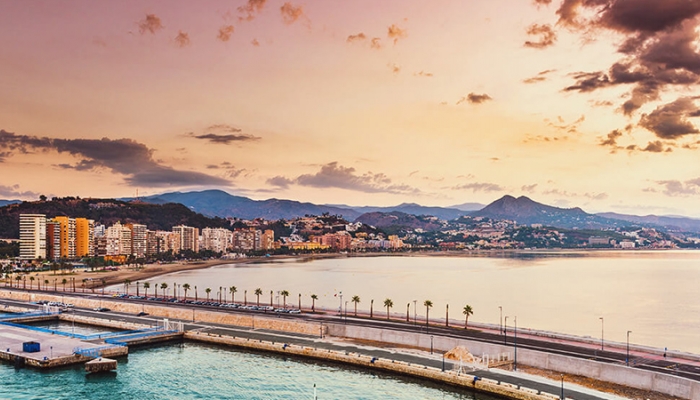
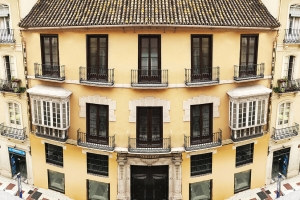
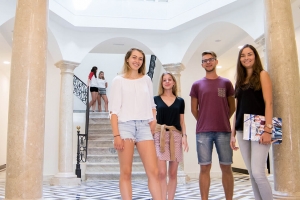
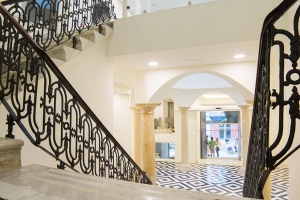
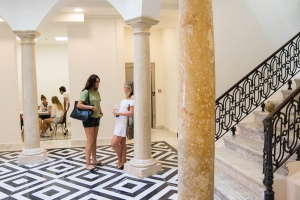
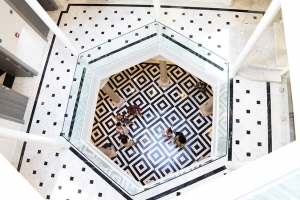








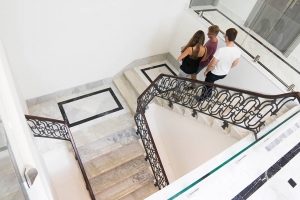

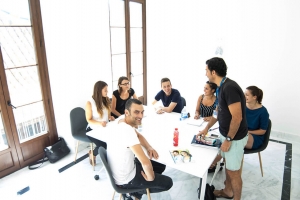
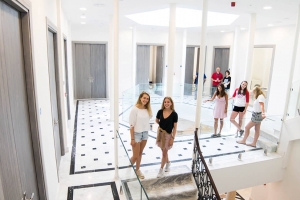
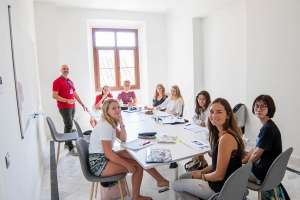
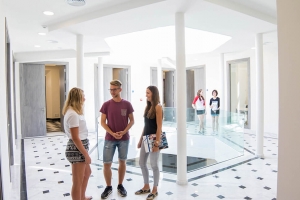

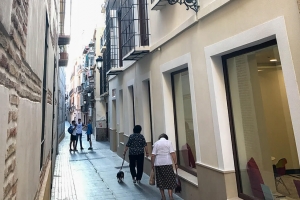
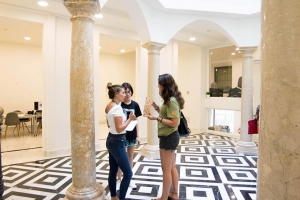
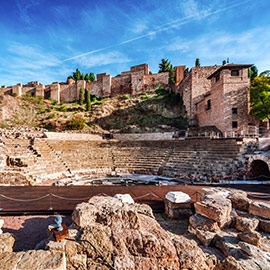
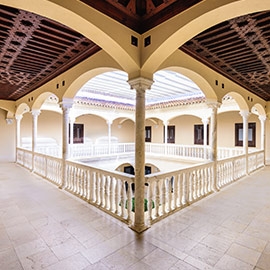
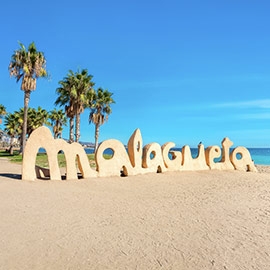
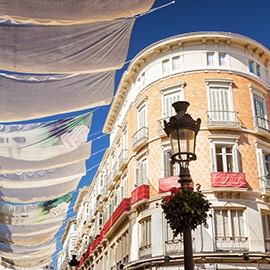
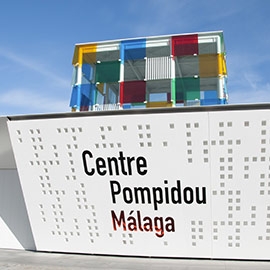

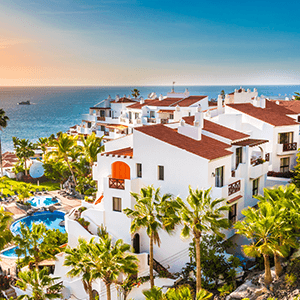 in Spain
in Spain
